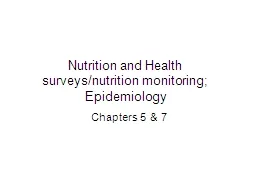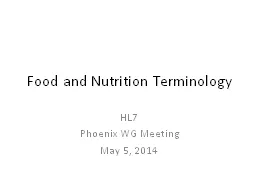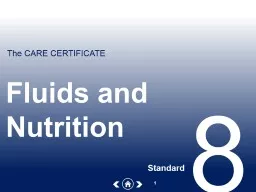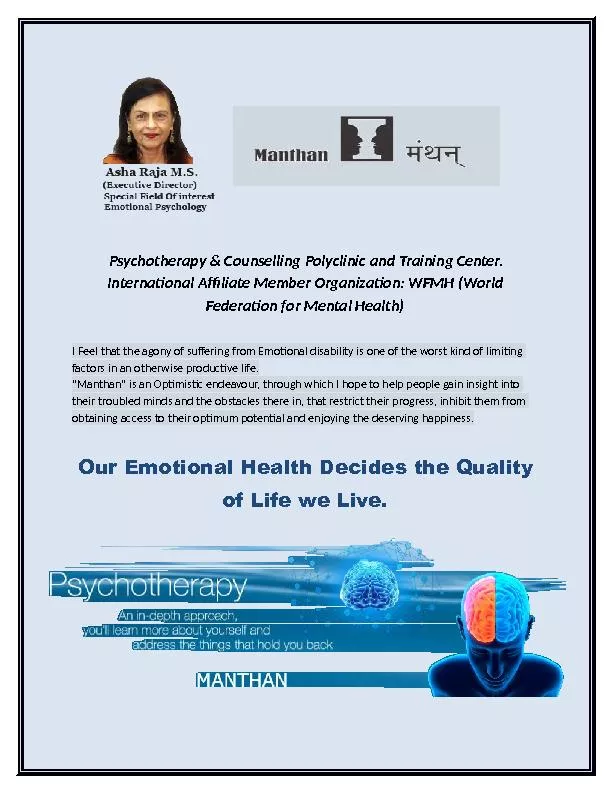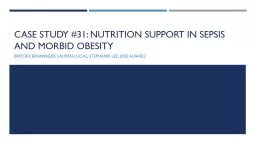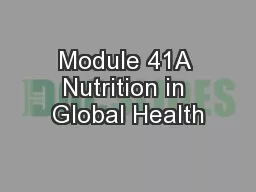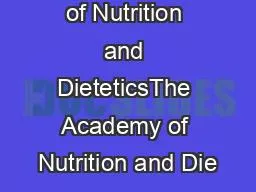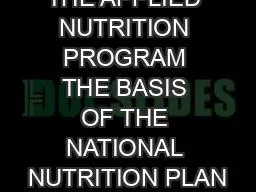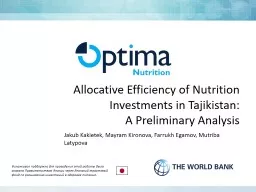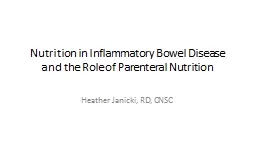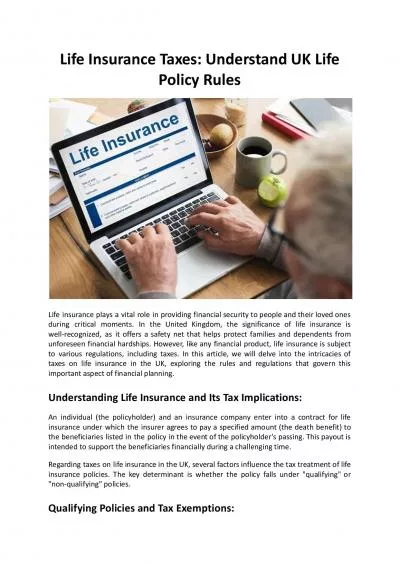PPT-Nutrition and the Life Course:
Author : coveurit | Published Date : 2020-08-27
Prevention Opportunities ASPHN amp NWA Webinar Series October 26 2017 ASPHN is a nonprofit membership organization providing state and national leadership on food
Presentation Embed Code
Download Presentation
Download Presentation The PPT/PDF document "Nutrition and the Life Course:" is the property of its rightful owner. Permission is granted to download and print the materials on this website for personal, non-commercial use only, and to display it on your personal computer provided you do not modify the materials and that you retain all copyright notices contained in the materials. By downloading content from our website, you accept the terms of this agreement.
Nutrition and the Life Course:: Transcript
Download Rules Of Document
"Nutrition and the Life Course:"The content belongs to its owner. You may download and print it for personal use, without modification, and keep all copyright notices. By downloading, you agree to these terms.
Related Documents


